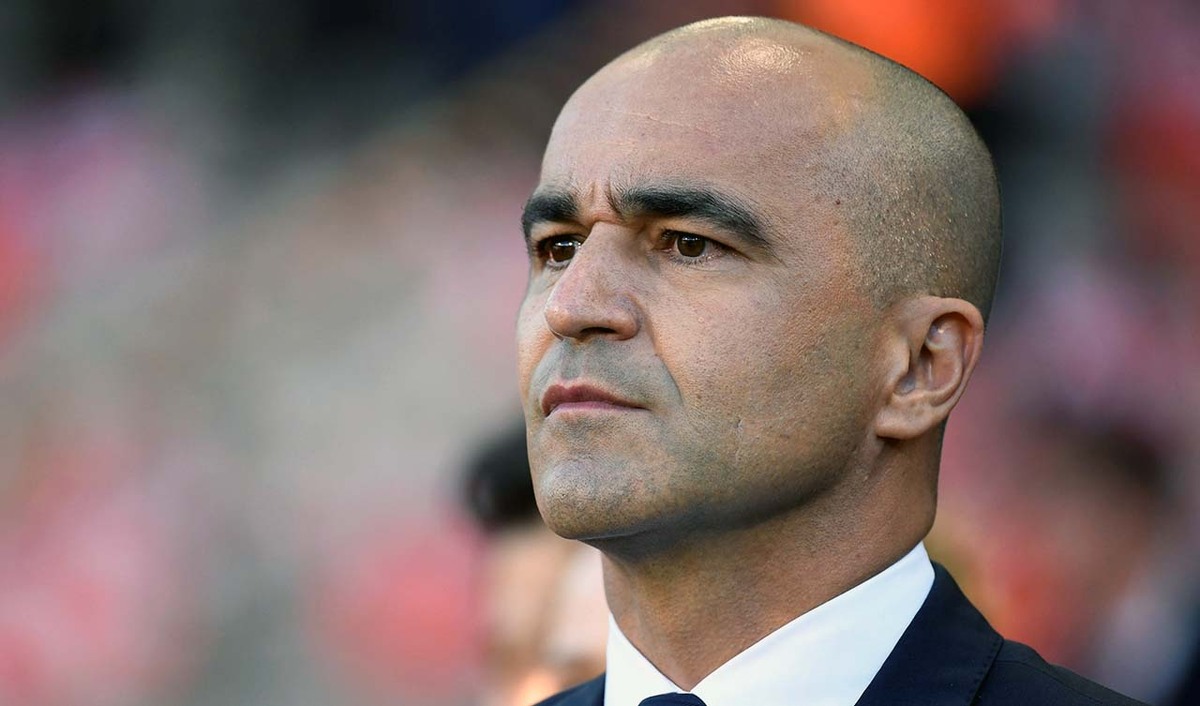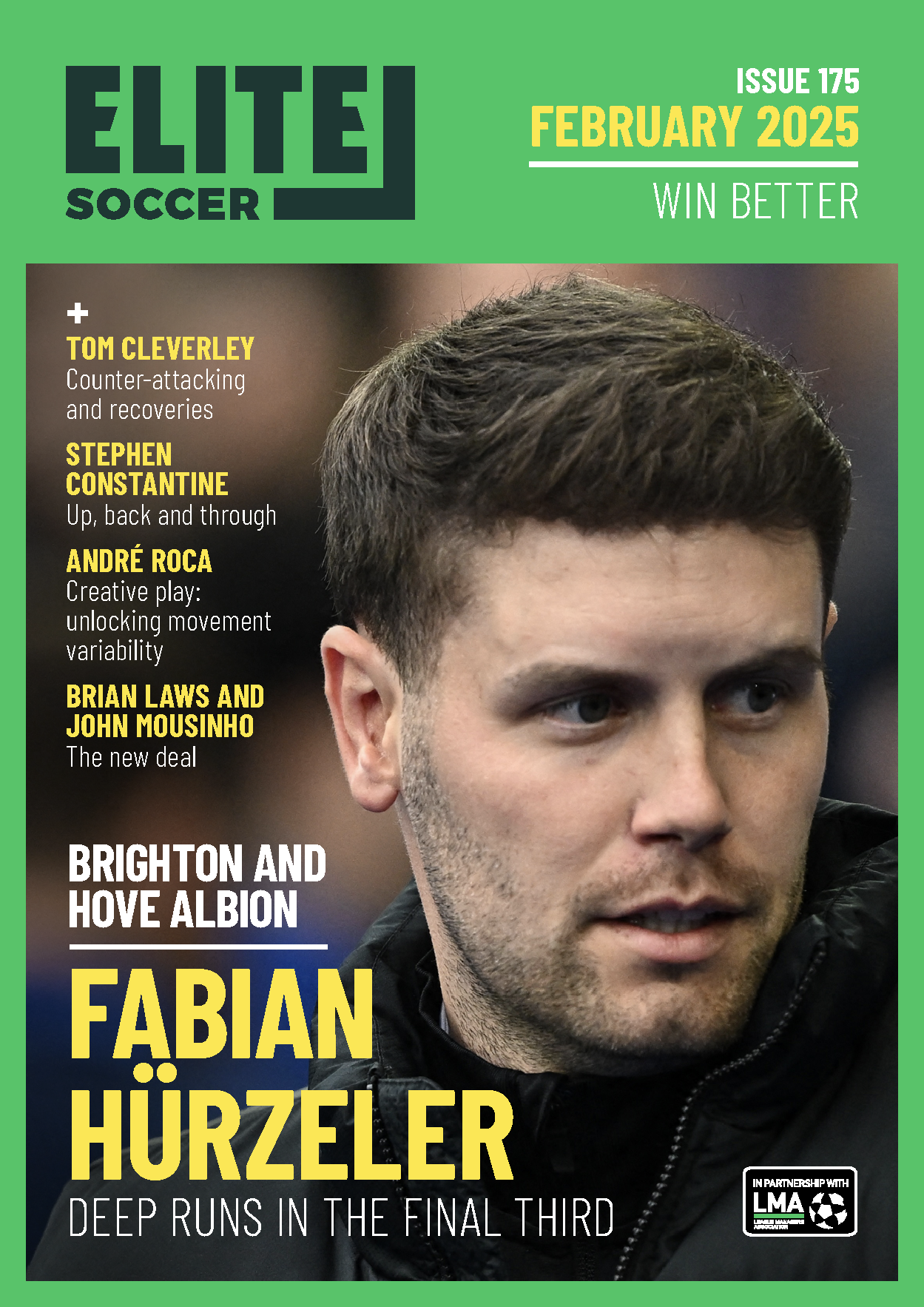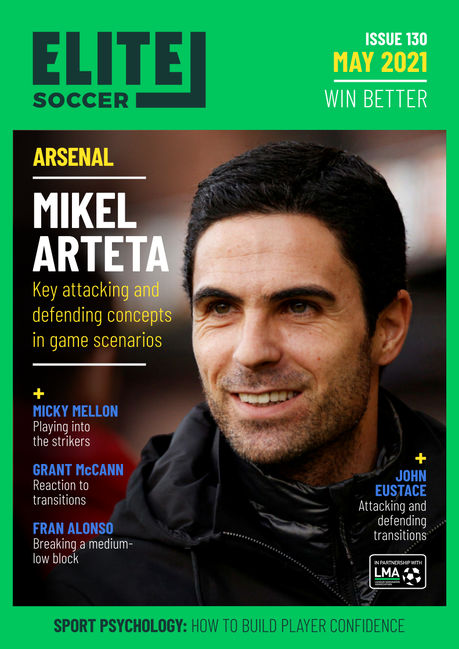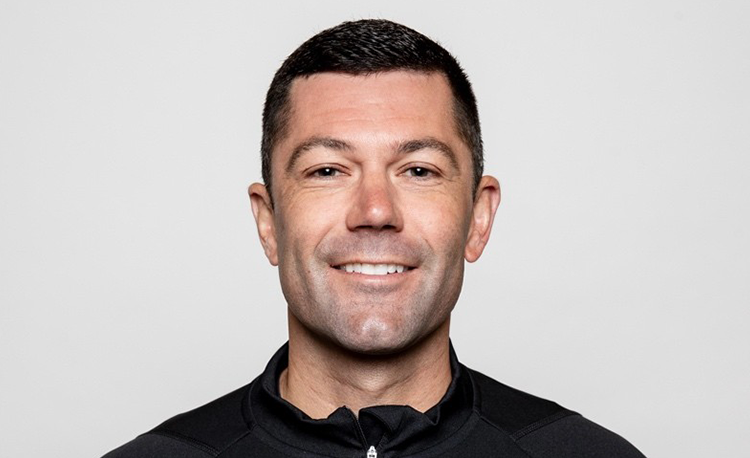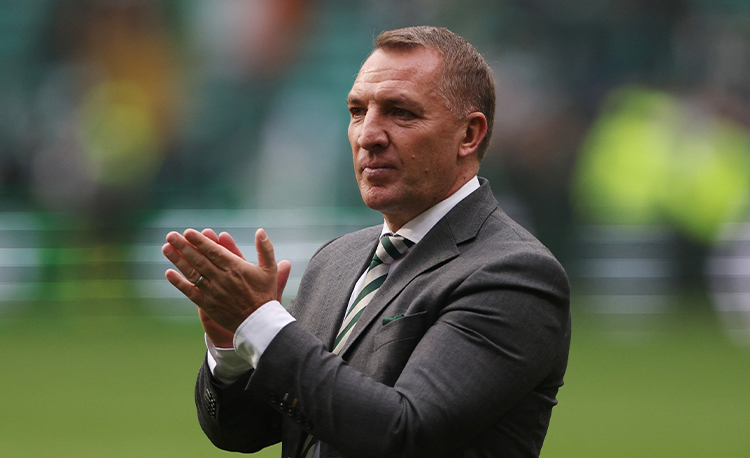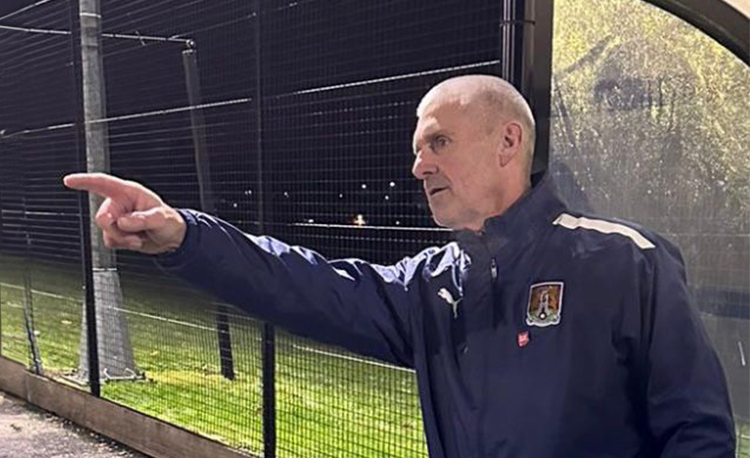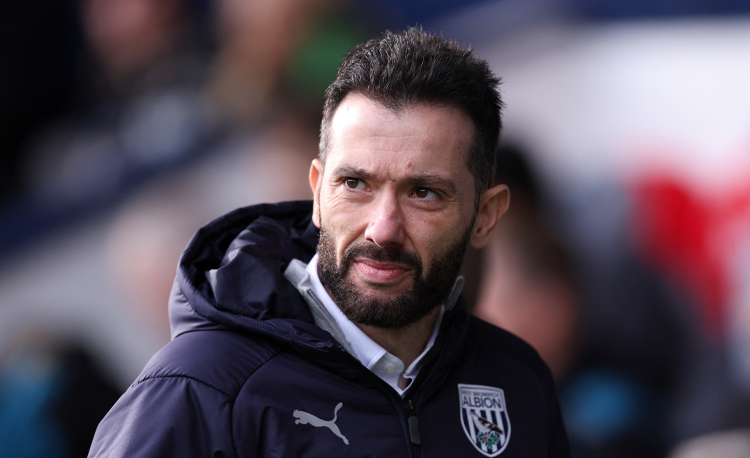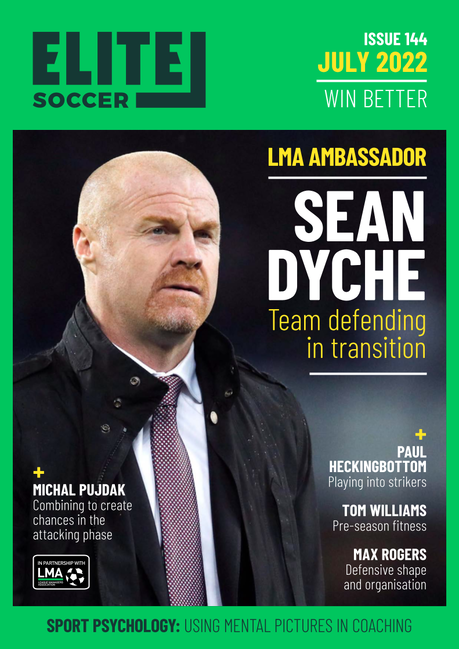The 1v1 situation
Any football game relies on being able to control 1v1 situations, in defence or in attack. In 1v1s, it’s not just the technical aspect of the play, but the decision as to when to take players on, when to use a simple ball to find a team mate, or when to develop the situation.
| Area | Up to 44x30 yards |
| Equipment | Balls, cones, goal |
| No. of Players | Up to 12 |
| Session Time |
1v1 10mins, Three box drill 10mins, Small-sided game 24mins |
Any football game relies on being able to control 1v1 situations, in defence or in attack. In 1v1s, it’s not just the technical aspect of the play, but the decision as to when to take players on, when to use a simple ball to find a team mate, or when to develop the situation.
There is nothing in the game better than a successful 1v1 attacking situation to dislodge any defensive set-up.
This session can encourage any individual or any team - at any age or level - to experiment in that aspect of the game, from the basic skill of the 1v1, up to decision-making in a game-related situation.
What do I get the players to do?
1v1 warm-up
In each 10x8-yard channel, players begin at opposing ends. Blues feed yellows, then close down at first by shadowing only, not making contact. This encourages balance and movement of feet. Moving on, this can be run as a contact drill (1). If desired, this simple warm-up can also incorporate some dynamic flex exercises.
1
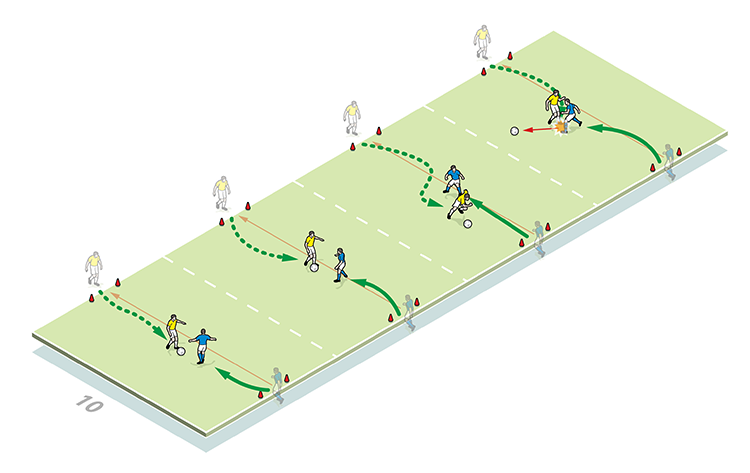
Three box drill
Next, we use three 10x10-yard boxes side-by-side, with a defender in each. Defenders face the side where a line of attackers wait. One at a time, each attacker’s objective is to dribble through the three boxes (2). If he succeeds, a point is awarded. Each player who works during the phase is rotated off the pitch.
2
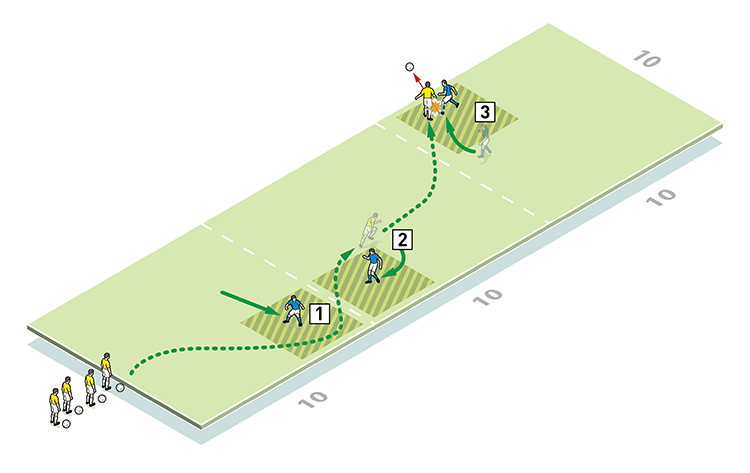
2. The second defender approaches square on and the attacker side-steps past
3. The third defender shows composure, first angling the attacker towards the byline and timing his tackle to win the ball
Small-sided game
In a 44x30-yard area, we play seven phases played over a six-minute period.
Starting from beside the goal he’s defending, blue dribbles out aiming to score, but will be closed down by his opponent (3a).
3a

Whether or not the phase ends in a tackle, or a goal, a second yellow then moves forward to form a 2v1 coming back the other way (3b).
3b

The overload now switches with two blues entering play to make a 3v2 (3c), and so on - two players are always added to the team playing against the overload, until 6v6, when this becomes a small-sided game for the remaining time.
3c

Each of our attackers will take a turn starting in a 1v1.
What are the key things to look out for?
We encourage the natural talent of an attacker in taking defenders on, but he also needs to think about how best to use a 1v1 for the benefit of the team – should he attack, or wait to gain a better numerical advantage?
Defenders must adopt a low, balanced position. And because offsides count in this practice, when they are overloaded, they should use attackers’ positions to decide whether to close in to the man on the ball (to catch the opposition off-side), or not.
How do I progress the session?
We can condition one of the teams to play one- or two-touch, to encourage quick passing; while allowing the other team free play, to encourage dribbling. This, in itself, will create lots of 1v1 situations.
Related Files
Editor's Picks
Deep runs in the final third
Using the goalkeeper in build-up play
Pressing principles
Intensive boxes drill with goals
Penetrating the final third
Creating and finishing
My philosophy
Pressing initiation
Compact team movement
Coaches' Testimonials

Alan Pardew
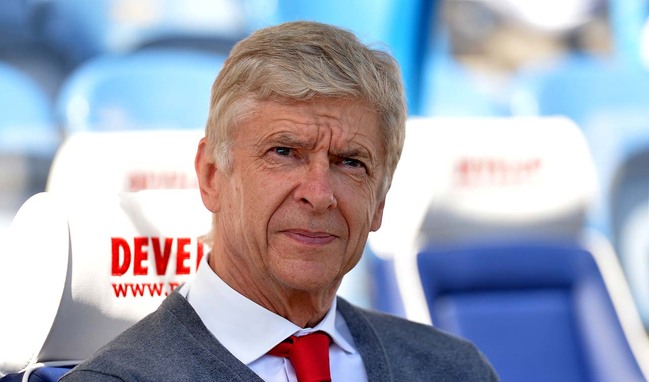
Arsène Wenger

Brendan Rodgers
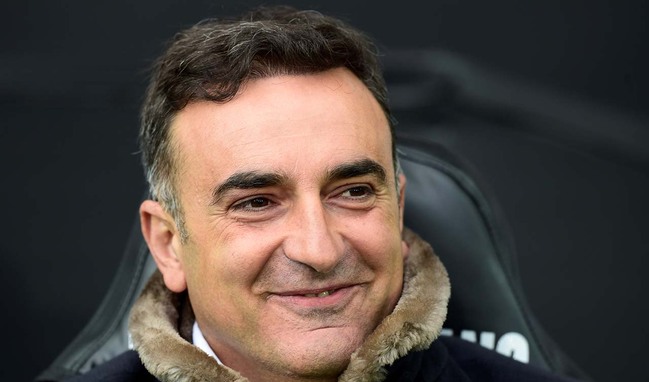
Carlos Carvalhal
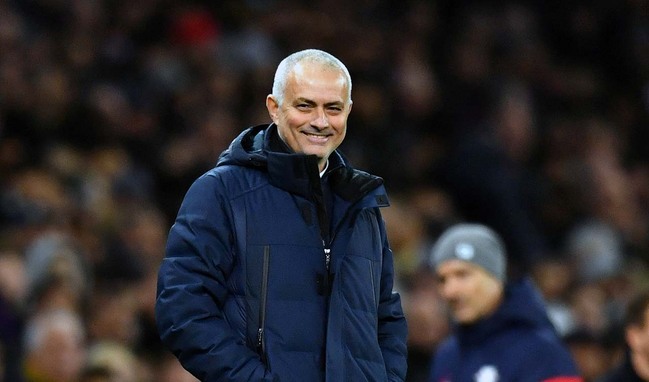
José Mourinho
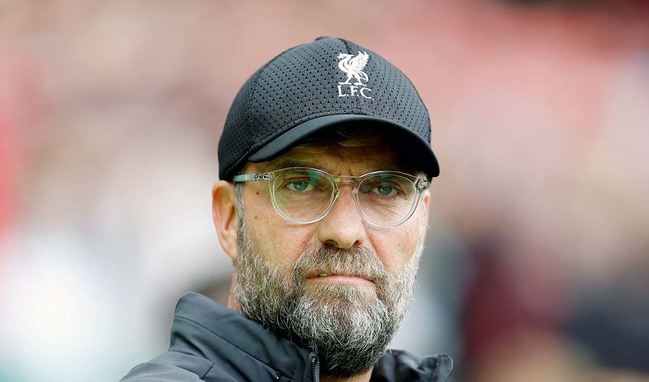
Jürgen Klopp
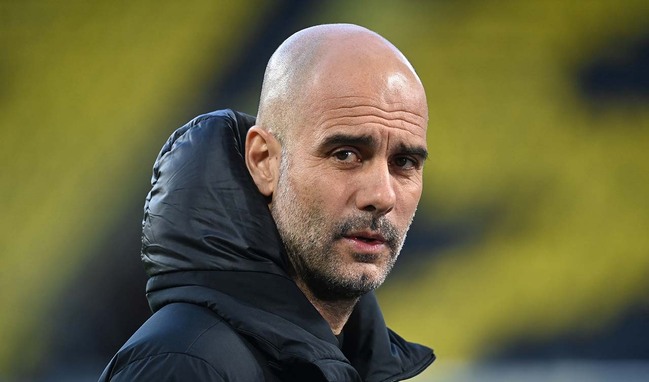
Pep Guardiola
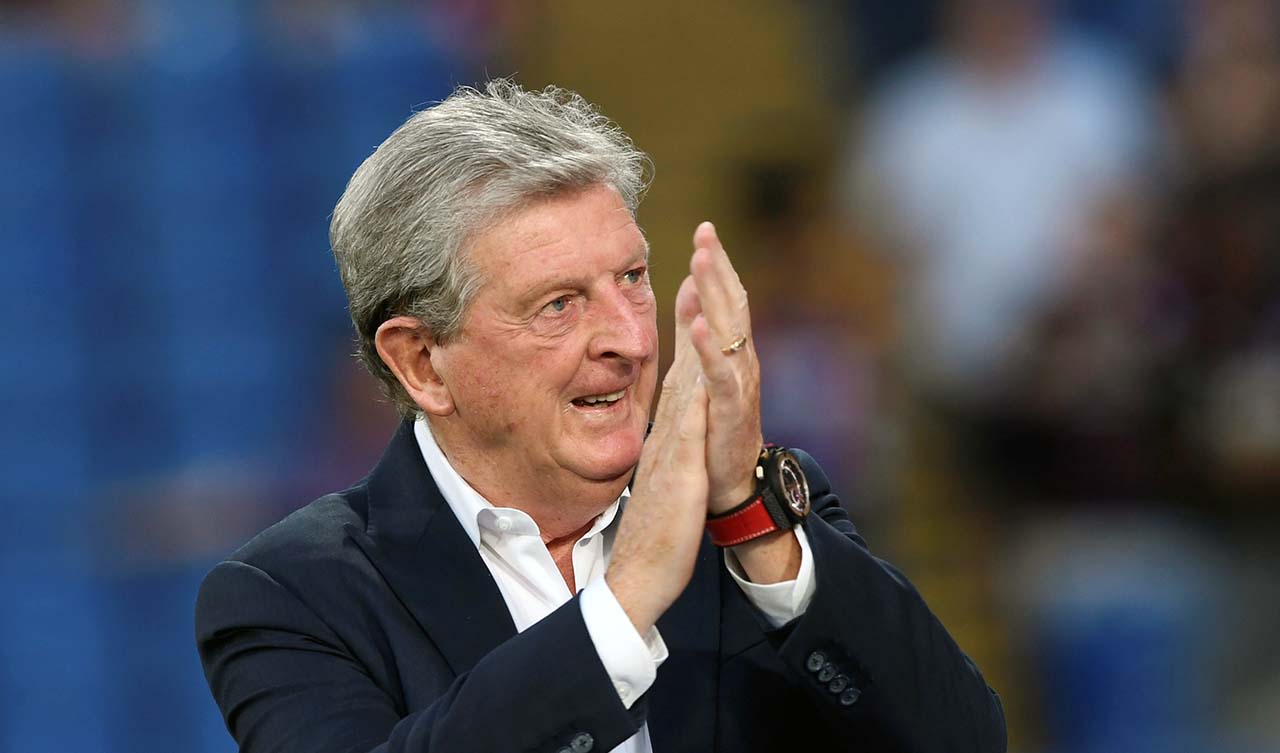
Roy Hodgson
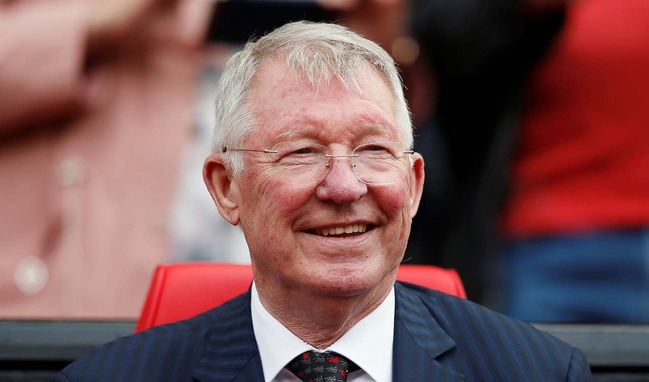
Sir Alex Ferguson

Steven Gerrard
Coaches' Testimonials

Gerald Kearney, Downtown Las Vegas Soccer Club

Paul Butler, Florida, USA

Rick Shields, Springboro, USA

Tony Green, Pierrefonds Titans, Quebec, Canada
Join the world's leading coaches and managers and discover for yourself one of the best kept secrets in coaching. No other training tool on the planet is written or read by the calibre of names you’ll find in Elite Soccer.
In a recent survey 92% of subscribers said Elite Soccer makes them more confident, 89% said it makes them a more effective coach and 91% said it makes them more inspired.
Get Monthly Inspiration
All the latest techniques and approaches
Since 2010 Elite Soccer has given subscribers exclusive insight into the training ground practices of the world’s best coaches. Published in partnership with the League Managers Association we have unparalleled access to the leading lights in the English leagues, as well as a host of international managers.
Elite Soccer exclusively features sessions written by the coaches themselves. There are no observed sessions and no sessions “in the style of”, just first-hand advice delivered direct to you from the coach.
